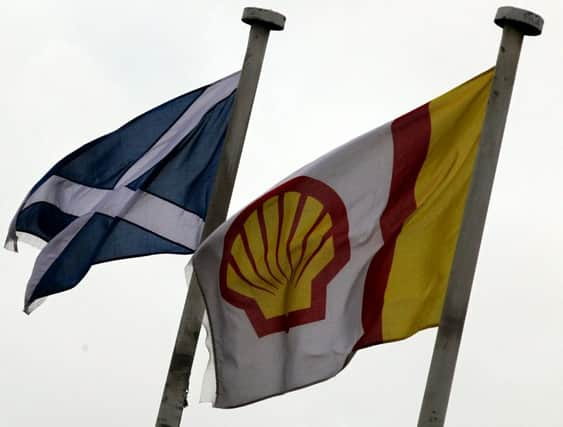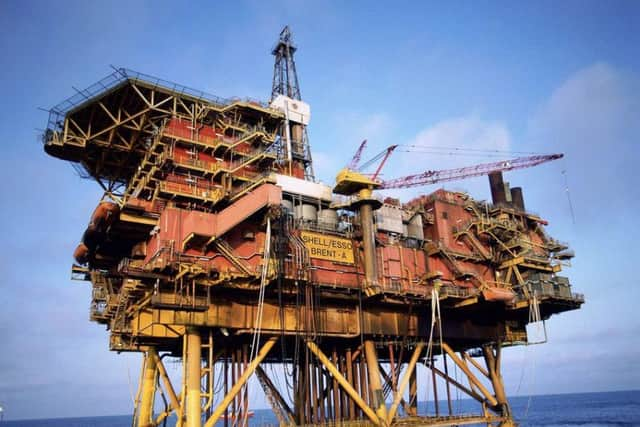Shell plans 50 more years in the North Sea as energy sector looks to the future


Fifty years ago Shell began production off the coast of Scotland at the Leman gas field. The global energy giant is in no rush to leave the North Sea, with plans to continue production for a further half-century.
Steve Phimister, the firm’s UK upstream vice president, said Shell would continue to invest “between $600-800million of new capital every year” to grow its business.
Advertisement
Hide AdAdvertisement
Hide Ad“We’re definitely committed to the North Sea and to the UK sector in particular. We have over the last few years gone through a lot of change, we turned the company around as we weren’t in the place we wanted to be,” he told Energy Voice.


“We’re now a lot more productive, a lot more efficient and definitely lower cost. Our production costs today are a third of what they were four or five years ago.
“We’ll go on investing somewhere between $600-800million of new capital every year to grow our business.
“We’re very proud of our business here, particularly the good shape it’s in these days and the future we think we have – maybe another 50 years.”
Shell has played a significant part in the North Sea story. Oil produced from its Brent field, which is nearing the end of its operational life, remains a major global pricing benchmark.
In January, Shell confirmed it would develop its first new manned installation in the northern part of the North Sea for almost 30 years.
The Scottish Government and industry body Oil and Gas UK welcomed the company’s confirmation it is to construct a floating production, storage and offloading (FPSO) vessel which will begin drilling in the Penguins oil and gas field.
The oil field - 150 miles north-east of the Shetland Islands - was discovered in 1974 before being developed in 2002 and is a joint venture between Shell and ExxonMobil.
Advertisement
Hide AdAdvertisement
Hide AdMeanwhile, the wider North Sea sector, including areas licensed by Norway and the Netherlands, will see 63 oil and gas fields being brought to production between 2018 and 2022, analytics company GlobalData predicted this week.
That expansion is thanks in part to new technologies such as subsea tiebacks - a method of connecting new discoveries to existing facilities, which extends the life of production infrastructure in the process.
The majority of new fields in the North Sea will use subsea tiebacks, GlobalData said.
“Tie-back developments become ideal solutions for operators looking to maintain the short to medium term production outlook, providing a quicker return-to-investment when compared to larger stand-alone developments,” said Luis Pereira, oil and gas analyst at GlobalData. “Average payback time is less than six years, the shortest time for all development type solutions.”
But not everyone is celebrating the continuation of the North Sea energy sector.
“Fifty years ago, the oil industry already knew that climate change was a threat, yet they carried on regardless,” wrote Dr Richard Dixon. director of Friends of the Earth Scotland, in The Scotsman this week.
He continued: “Fifty years on from Shell’s start in the North Sea we are seeing the consequences of climate change all around the world.
“We’ve just had the warmest and sunniest May-July period ever recorded in Scotland, massive wildfires in the western US and Canada, heatwaves declared national emergencies in Japan and North Korea, and a devastating drought in Australia.
“Climate change is killing people and wrecking lives now.”
